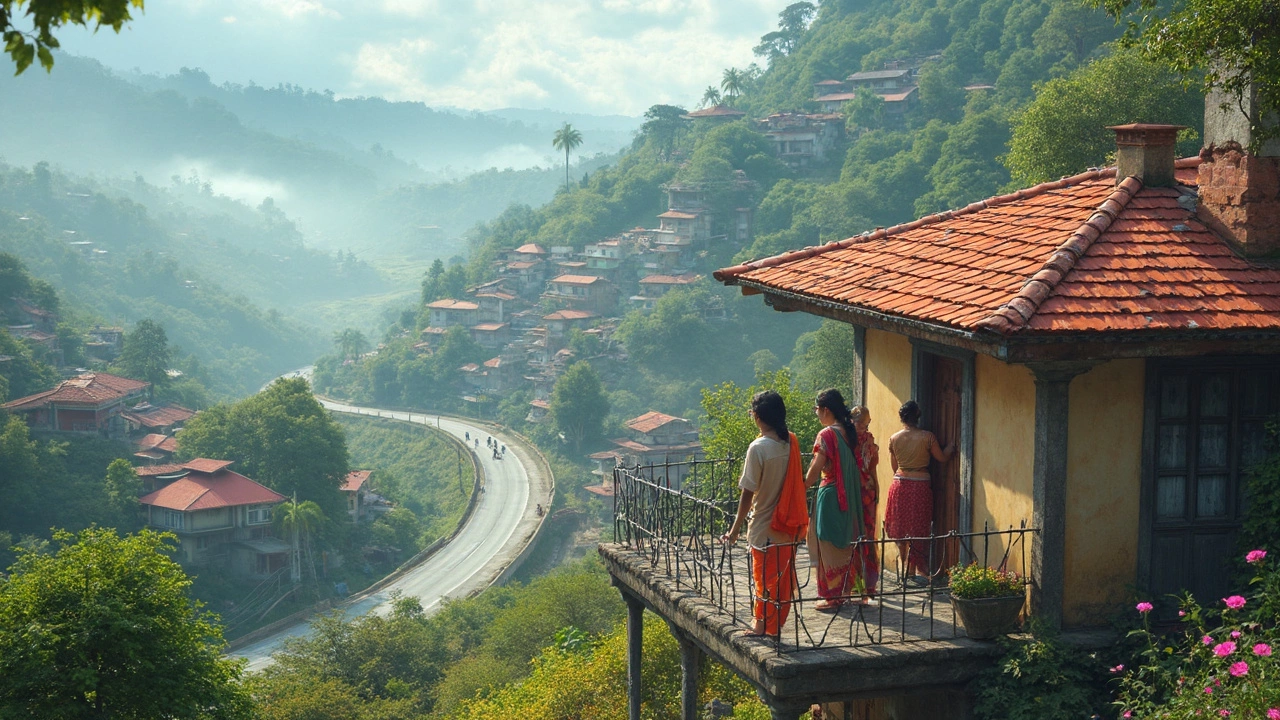SEARCH
Living in a Hill Station: Practical Tips and Real Costs
Thinking about swapping city noise for fresh mountain air? A hill station can feel like a permanent vacation, but it also comes with its own set of challenges. From finding the right house to budgeting for higher fuel costs, you need a clear picture before you pack your bags. Below are the must‑know facts to make your hill‑top move smooth and enjoyable.
Why Choose a Hill Station?
Most people love hill stations for the cool climate, scenic views, and slower pace. You’ll wake up to misty mornings, hear birds instead of traffic, and have easy access to trekking trails. Health benefits are real—cleaner air can improve breathing and lower stress. Plus, community life tends to be tighter; neighbours often share resources and look out for each other.
What to Expect: Costs, Jobs, and Daily Life
Housing in a popular hill destination can be pricier than in nearby plains, especially if you want a view. Expect to pay a premium for cottages or apartments near the center. Utilities may also cost more because of limited infrastructure; electricity bills rise in winter when heating is needed. Grocery prices can be higher too, as many items travel long distances to reach the market.
Job opportunities vary. Tourism, hospitality, and teaching are the biggest employers. If you have a remote‑work setup, hill stations with good internet can be a dream location—just double‑check the speed before you sign a lease. Seasonal work is common, so having a backup plan or savings for off‑peak months helps.
Transportation is another factor. Public buses might run less frequently, and private taxis can be scarce. Owning a vehicle gives you freedom, but fuel prices are often higher due to the terrain. Many residents rely on two‑wheelers or shared rides to keep costs down.
Healthcare access can be limited. Small clinics handle routine issues, but for major emergencies you may need to travel to a city hospital. Keep a basic medical kit and know the fastest route to the nearest larger medical center.
Social life revolves around local festivals, trekking groups, and coffee shops. Getting involved in community events can quickly make you feel at home. Learning a few local phrases or customs goes a long way in building relationships.
Finally, consider connectivity. A reliable mobile network and broadband are essential if you work online or stay in touch with family. Many hill towns now offer 4G, but coverage can be spotty in remote valleys—test the signal before you commit.
Moving to a hill station isn’t just a change of address; it’s a lifestyle shift. By planning for higher living costs, checking job prospects, and preparing for limited services, you can enjoy the perks of mountain living without unpleasant surprises.

Best Hill Station for Living: What Really Makes One Stand Out?
Thinking about swapping city smog for mountain air? This article digs into what makes a hill station a great place to live, not just visit. We'll break down the real-life perks and problems of daily mountain life, covering infrastructure, cost, community, climate, and connectivity. You'll also get some lesser-known tips for picking the place that's right for you. No fluff—just honest, practical info.
Continue reading